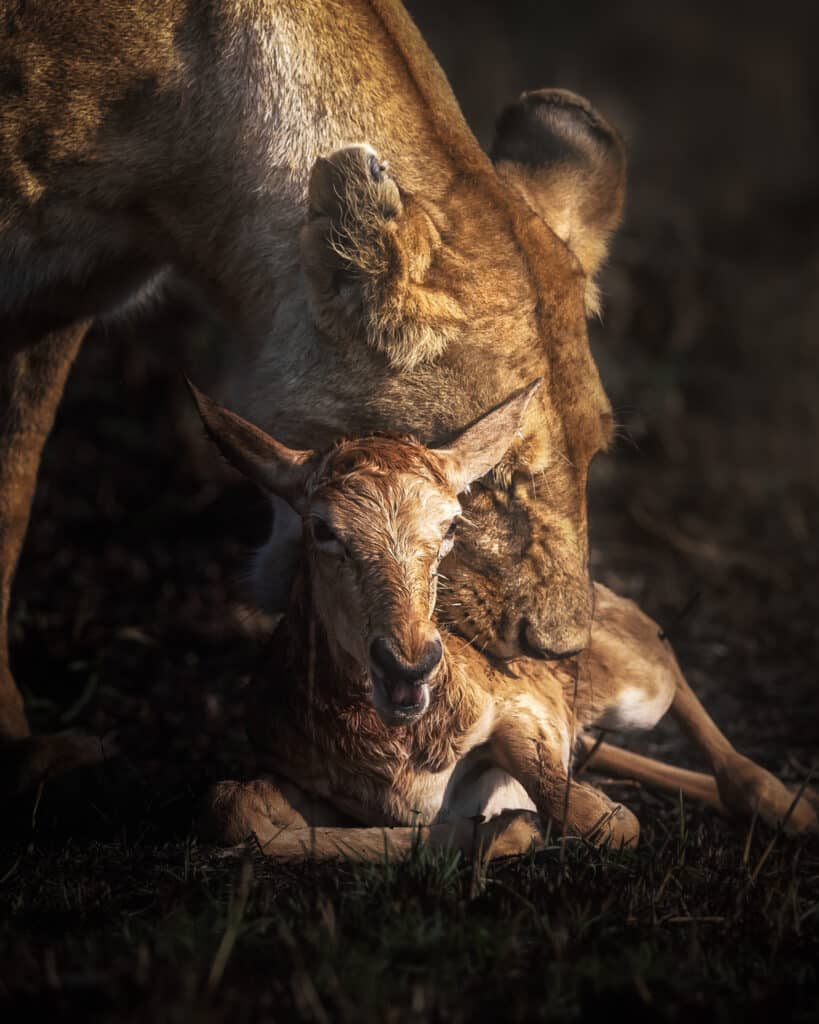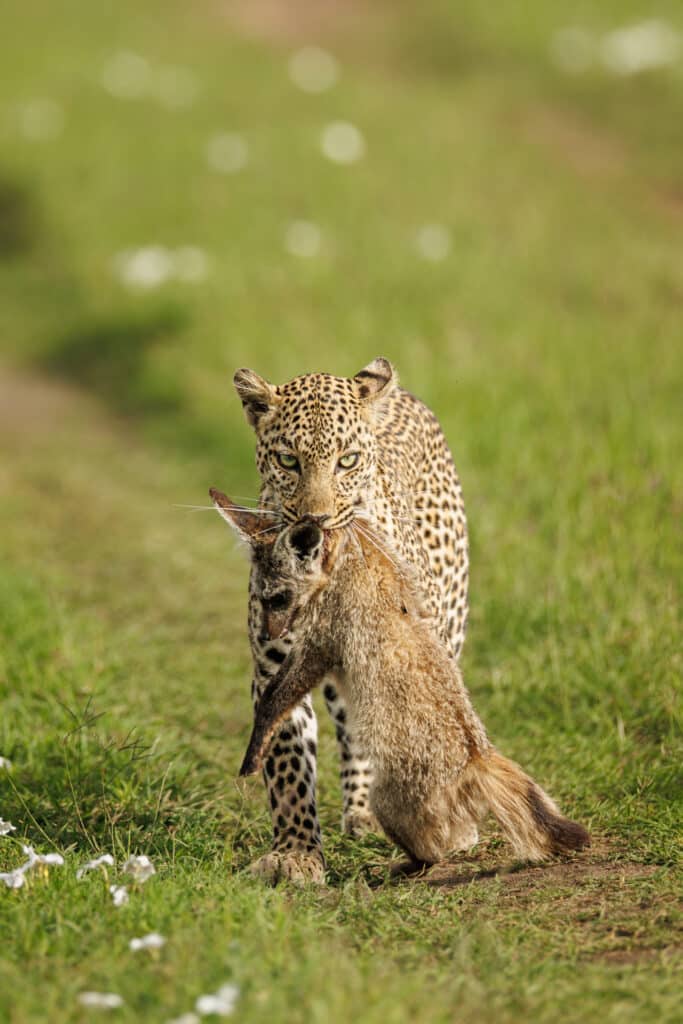Photography takes us beyond the physical, allowing us to see creation through a different lens. A well-crafted photograph evokes strong feelings within us and has the ability to transport us, giving us a glimpse of the beauty, complexity, and rawness of life. The interplay of light, texture, and emotion all come together to create a universal message frozen in time, and it is through this that we are able to truly appreciate the world and the diverse experiences of others around us.

There’s something magical about being in the Mara. It’s a place where time slows down, leaving behind just the breathtaking beauty that surrounds us. As photographers, every corner holds a new and unique shot, each more stunning than the last. But it’s not just the physical landscapes that enthral us. It is the endless excitement and constantly evolving script of the natural world that keeps us on the edge of our seats, granting us the opportunity to witness and capture the untouched wild charm of nature here. From meticulously built termite mounds to the heartwarming bonds shared between a herd of elephants, and the fierce and primal battles between rivalling coalitions of lions; every day, there’s the potential for something new and unknown to be unveiled, beckoning us to venture deeper into this mesmerising land.


A photograph becomes memorable not because of its technical perfection, but because of the raw emotion and personal journey it portrays. While camera settings are crucial to capturing great images, it is the story that gives it meaning and depth, making it come alive in the eyes of the viewer. There are images we never tire of describing because of the deep stories associated with them; they inspire awe in all who view them, creating a magic that never fades.



As wildlife photographers, we have the ability to paint a visual story through our own unique perspective. It all starts with identifying what ignites our passion and inspires our creativity. From here, we can envision the conditions necessary to bring it to life. Whether it’s the social interactions of big cats, the graceful hunting habits of birds of prey, or the thrilling drama of wildebeest crossings, every photographer has their own dream shot. By honing in on this and setting a clear objective, we can embark on how to capture these moments with purpose and intention.



We often forget the power of patience, but in the wild, it becomes our greatest asset. It’s not always about chasing the perfect shot, but rather taking the time to sit quietly and observe nature in all its glory. It is in these moments of stillness that we truly understand the behaviour of our subjects, and in turn, build a connection with them. We give them the space and time to feel comfortable around us, allowing them to reveal glimpses of their private life. Sometimes nature takes us by surprise, such as a leopard stealthily descending a fig tree after hours of waiting, or the moment a cheetah mother returns with food for her cubs. Nature has its own timeline, and it is up to us to let go of the need to control outcomes and simply respect the wildlife around us. By spending extended periods observing animals, we increase our chances of capturing their interactions, displays of affection, and togetherness, adding the essential emotional element to our images.

The way we compose our images can greatly enhance the narrative. By eliminating distractions and drawing the viewer’s attention straight to our message, we can create a powerful visual impact. This often involves choosing a wide or atmospheric shot that transports the viewer into the scene and evokes a specific mood. In wildlife photography, it’s important to explore various techniques beyond tight shots; shooting wider not only highlights the beauty of the habitat but also gives context to the subject’s surroundings.


Photography is all about light and understanding how to use it to our advantage. How we position ourselves for a shot can help us create unique frames that convey both depth and emotion, and our choice of positioning can allow us to tell totally different stories. We can capture beautifully lit details, for example, or dramatic silhouettes from the same scene, helping convey two opposing emotions. The choice is ours as to what to portray on our wild canvas.

Camera angles also play a crucial role in storytelling, as a low angle can enhance the subject’s presence while an eye-level shot creates a sense of intimacy. By taking a versatile approach to composition, we can bring our imagery to life and captivate our audiences.


The animals’ eyes act as a window into their true essence, allowing us to connect with them in a profound way. Whether it’s fear, anger, defensiveness, or even predatory instinct, these emotions are communicated through their eyes, forming a bridge of understanding with us. As photographers, it is essential to pay close attention to the eyes of our subjects as they hold hidden cues that can elevate the impact of our photographs and create a more captivating story. We must ensure the eyes are sharp and clearly focused to achieve the most impact.


Our cameras are not just tools, but instruments of change. We have the ability to transport viewers into another dimension, and with every photograph we take, not only create stunning images but also spread awareness and promote conservation. By using them wisely, we can make a positive impact on the world around us and leave a legacy for future generations to enjoy.
Photo credits: Eric Averdung, Japheth Supeyo, Imara Njeri, Ann Tumpesia, Samy Ghannam